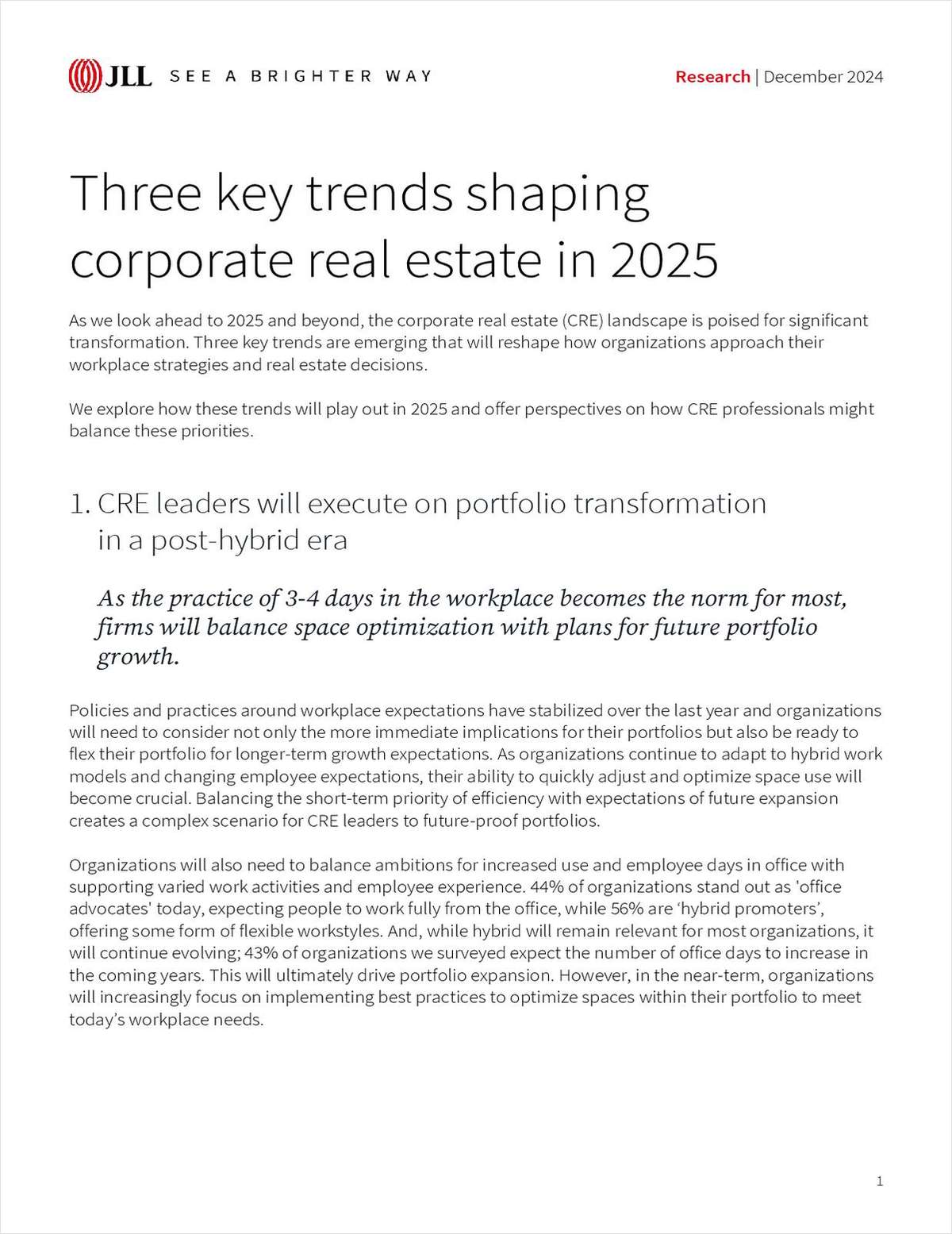CHICAGO—“I think the Chicago industrial market has improved dramatically over the last six months,” Brian Quigley, partner in Dermody Properties' Midwest regional office tells GlobeSt.com. As reported in GlobeSt.com last week, the company just broke ground on LogistiCenter McCook, two spec buildings on 34 acres at the corner of 1st Ave. and 47th St. in the suburban McCook in the I-55 Corridor. “I think we lagged behind other core markets until mid-2013,” but now enough demand exists to even absorb the project's 662,700-square-feet.
Quigley looks at McCook as a “micro-market” within the I-55 submarket, and one with tremendous potential. “There is very little existing product available; the vacancy rate is only about 2%. The available rate is essentially zero.” Furthermore, with only a few vacant plots left in McCook, “there are pretty significant constraints on new supply.”
On average, Quigley adds, the area absorbs about 750,000-square-feet per year, leaving plenty of room for these two buildings, one with 351,900-square-feet and 32' clear height, and the other with 310,800-square-feet at 32' clear height.
Dermody has built many similar LogistiCenters, a company brand, around the US. That has given the company the ability to streamline construction and it plans to deliver the buildings this November. It bought the land last October, and was able to preorder the materials and complete the necessary due diligence and design in 60 days.
“Every active developer in Chicago is looking for quality in-fill sites,” and the high visibility along 1st Ave., easy access to I-55 and downtown Chicago, combined with certain economic incentives, made “this is the best one we saw in the last 12 months,” Quigley adds. The plot is part of an Enterprise Zone, he explains, which will provide job-training dollars, and eliminates sales tax dollars not only on the construction materials, but also on the equipment needed by the eventual tenants.
The industrial vacancy rate for the wider area stands at about 8.2%, and “that's about the lowest vacancy rate that we've had in the last ten years,” Quigley says. However, he believes that development will remain somewhat modest. “There will be a disconnect between the demand for product and the supply.” Conventional lenders are only lending as 65% of projects' cost, a steep decline from five years ago when it was typical to lend 90%. “That is a very high equity requirement. Our ability to develop by way of bank debt has been cut by two-thirds.”
And he expects that this situation will only improve marginally over the next few years, with banks slowly pushing up their lending to perhaps about 75%. As a result, most developers will stick with extremely safe projects like the McCook venture. “You have to uncover the markets which have high drivers of demand, very low vacancy rates and a high barrier to entry.”
Want to continue reading?
Become a Free ALM Digital Reader.
Once you are an ALM Digital Member, you’ll receive:
- Breaking commercial real estate news and analysis, on-site and via our newsletters and custom alerts
- Educational webcasts, white papers, and ebooks from industry thought leaders
- Critical coverage of the property casualty insurance and financial advisory markets on our other ALM sites, PropertyCasualty360 and ThinkAdvisor
Already have an account? Sign In Now
*May exclude premium content© 2025 ALM Global, LLC, All Rights Reserved. Request academic re-use from www.copyright.com. All other uses, submit a request to [email protected]. For more information visit Asset & Logo Licensing.








